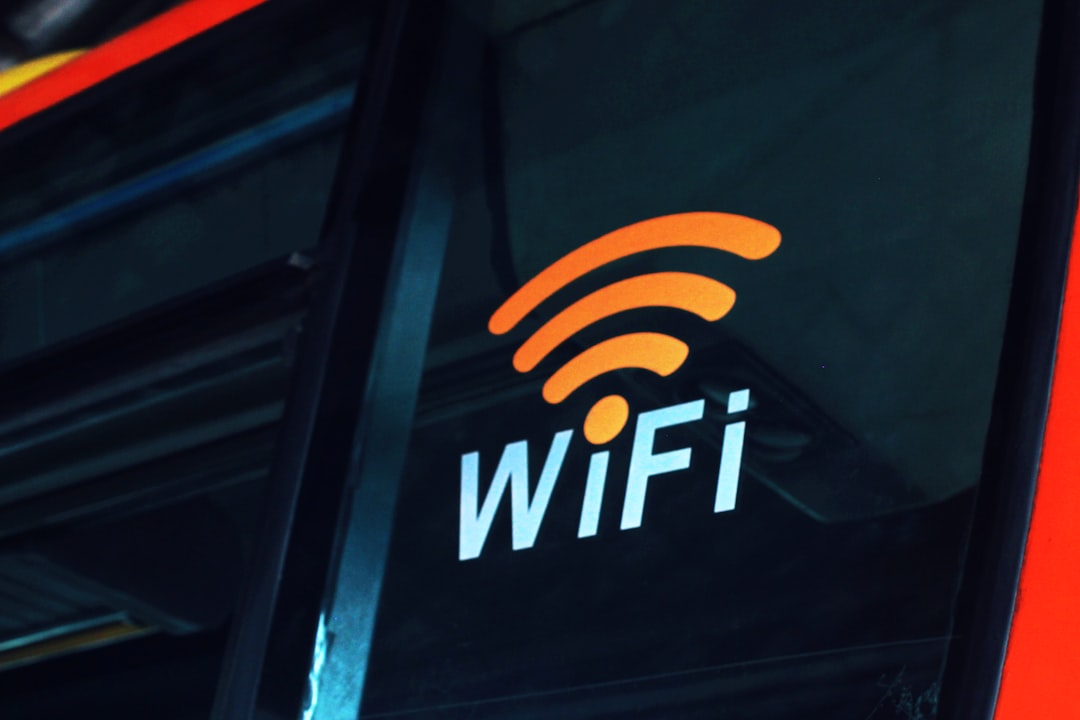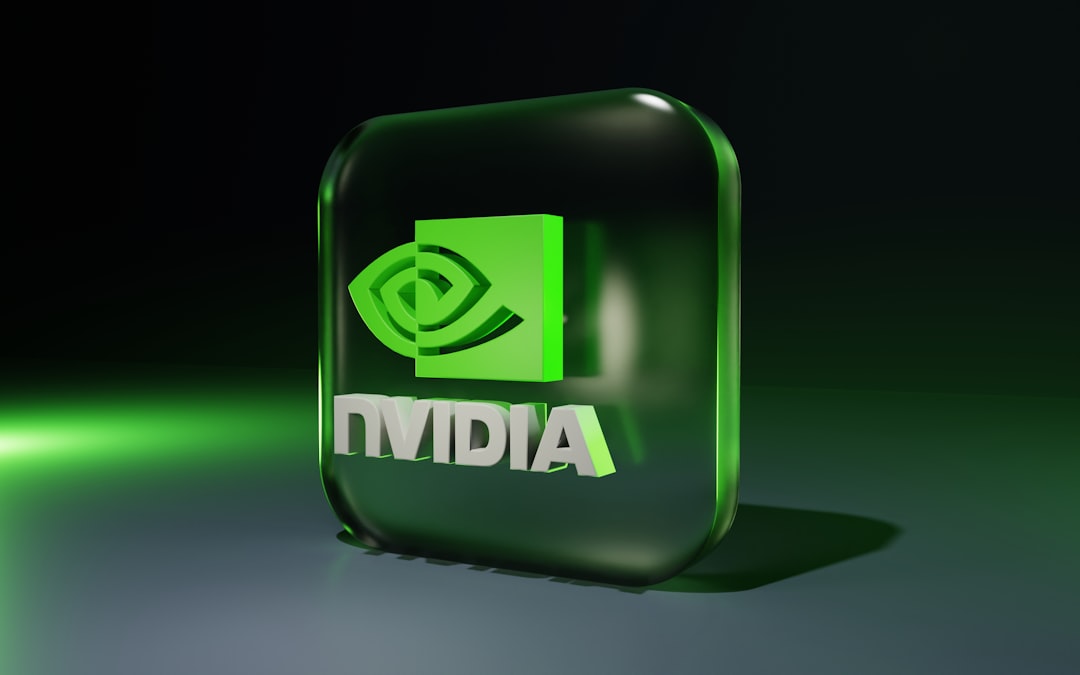If you’re encountering issues with NVIDIA services not connecting, you’re not alone. Many users frequently report problems such as GeForce Experience not opening properly, driver updates failing to download, or cloud-based features not working as expected. NVIDIA’s suite of tools is essential for gamers, creatives, and professionals using their graphics hardware, so disruptions can be particularly frustrating.
Fortunately, most connection issues with NVIDIA services can be diagnosed and fixed with a systematic approach. In this article, we’ll explore the possible causes of why NVIDIA services won’t connect and provide you with a comprehensive, step-by-step guide to resolving the problem.
Common Causes of NVIDIA Service Connection Issues
Before jumping into solutions, it’s crucial to understand what might be at the root of the problem. Here are the most common culprits:
- Network connectivity problems such as unstable internet or strict firewalls
- Windows service misconfigurations or deactivated NVIDIA services
- Corrupted or outdated drivers interfering with proper function
- Software conflicts caused by antivirus, VPN software, or other utilities
- Issues with NVIDIA servers, including outages or maintenance

Step-by-Step Fixes for NVIDIA Service Connection Issues
1. Check Internet Connection and Firewall Settings
Many NVIDIA services, particularly GeForce Experience, require a stable internet connection. First, verify that your internet is working by visiting a few websites or running a speed test. If everything seems fine, your firewall or antivirus software could be blocking NVIDIA processes.
To allow NVIDIA through the firewall:
- Open the Control Panel and navigate to System and Security > Windows Defender Firewall.
- Click on Allow an app or feature through Windows Defender Firewall.
- Locate any NVIDIA-related applications (such as NVIDIA GeForce Experience or NVIDIA Update), and make sure both Private and Public checkboxes are checked.
- If you use third-party antivirus software, inspect its settings and whitelist NVIDIA services.
2. Restart NVIDIA Services
Sometimes, Windows services necessary for NVIDIA’s software to operate may stop or fail to start correctly. Restarting these services can resolve connection issues.
- Press Windows + R, type services.msc, and press Enter.
- Scroll through the list to find the following:
- NVIDIA Display Container LS
- NVIDIA LocalSystem Container
- NVIDIA NetworkService Container
- Right-click each service and select Restart. If the service is not running, select Start.
- Make sure their Startup Type is set to Automatic.
3. Reinstall or Update NVIDIA Drivers
If your graphics driver is corrupted or not updated, it may prevent components of NVIDIA’s suite, including GeForce Experience, from functioning correctly.
To reinstall drivers:
- Download the latest driver package from the official NVIDIA website.
- Use Display Driver Uninstaller (DDU) to completely remove the current driver. This ensures a clean reinstall.
- Install the downloaded driver using the Custom (Advanced) installation option and check the box for Perform a clean installation.

Note: Always verify you are downloading the correct driver compatible with your GPU model and operating system.
4. Disable VPNs or Proxy Servers
NVIDIA services may not function properly if a VPN or proxy server is interfering with internet traffic. While many VPNs work fine, certain configurations, especially enterprise-grade or location-masking proxies, can block NVIDIA’s connection to its servers.
To disable proxy settings:
- Go to Settings > Network & Internet > Proxy.
- Ensure that Use a proxy server is turned off.
If you’re using a VPN, try disconnecting and restarting GeForce Experience or your driver utility while connected directly to your regular network.
5. Perform a Clean Reinstallation of GeForce Experience
Corruption in the GeForce Experience installation can prevent services from connecting. If restarting services and repairing drivers hasn’t worked, a clean reinstall might be necessary.
- Uninstall GeForce Experience from Control Panel > Programs > Uninstall a Program.
- After uninstalling, manually delete folders located at:
C:\Program Files\NVIDIA Corporation\GeForce ExperienceC:\ProgramData\NVIDIA Corporation- Download the latest version of GeForce Experience from the official NVIDIA website.
- Run the installer and check if services can now connect successfully.
6. Check for NVIDIA Server Outages
Occasionally, the issue may not be on your end at all. NVIDIA services rely on cloud connectivity to download updates and communicate with backend servers. If those servers are down, the service won’t work—no matter what you do locally.
To check NVIDIA server status and outages:
- nvidia status on Downdetector
- Check NVIDIA forums and X (formerly Twitter) account for announcements related to maintenance or outages.
If an outage is confirmed, all you can do is wait until their engineers resolve the issue.
Additional Tips
Still having issues? Here are a few more things you can try:
- Run NVIDIA GeForce Experience as Administrator: Right-click the shortcut and select Run as administrator.
- Update Windows: An outdated OS can create compatibility issues with NVIDIA’s updated software.
- Temporarily disable antivirus software: Just for testing. Some security tools are known to interfere with NVIDIA connections.
When to Contact NVIDIA Support
If none of the above steps work, it might be time to involve NVIDIA’s customer support team. They can guide you through more advanced diagnostics and help determine whether the issue is hardware, software, or server-based.
You can reach NVIDIA support through their official site or post on their community forums, where both staff and experienced users offer help.

Conclusion
Dealing with NVIDIA service connection issues can be daunting, especially when you’re unsure whether the problem lies within your system or on NVIDIA’s servers. However, by following the steps outlined above—checking network settings, restarting services, reinstalling drivers, and scanning for software conflicts—you greatly increase your chances of resolving the issue independently.
Remember to stay patient and methodical during troubleshooting. Sometimes, resolving the problem is as simple as a firewall configuration, and other times it might involve a clean reinstall of critical software components. Whatever the case, the guide above should have you equipped to get your NVIDIA services up and running again.



